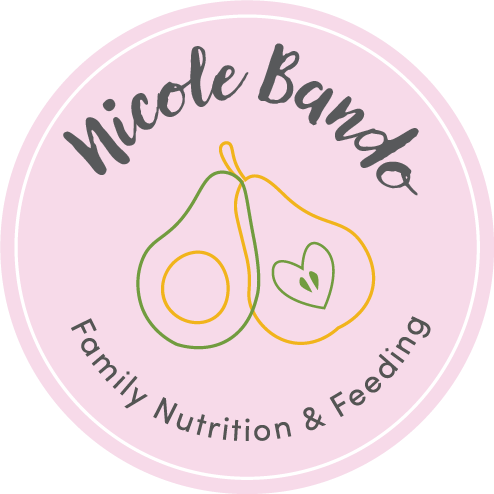
Happy Winter everyone…with June 1st upon us, what do you need to know about oats – steel cut vs rolled vs instant or quick? All oats have the same nutritional profile, they are rich in fibre, beta-glucan (helps to keep cholesterol in check). They are often marketed to increase breast milk supply, however there is no evidence to support this claim, though oats are a great source of energy for breastfeeding women, therefore great to include as part of a balanced diet.
1. Steel cut oats are the least processed, they are unrolled then cut into pieces, they take the longest to cook; 20 minutes once simmering. Fashionable in recent years, there is negligible difference to rolled oats nutritionally, though they cost a lot more. They have a slightly lower glycaemic index than rolled oats.
2. Rolled oats have been steamed, rolled and dried. They take approximately 5 minutes to cook once bought to a simmer. They have a low glycaemic index, so will keep you full longer.
3. Quick oats have been rolled, steamed and ground into smaller pieces. They have just as much nutrition as their less processed relatives, but your digestive system doesn’t have to work as hard; so they may not keep you feeling as full for as long, meaning the glycaemic index is higher.
4. Instant oats: another step along the processing chain, these have been cut further and have additives, such as sugar, emulsifiers, milk products and sweeteners. They are lower in fibre and higher in sugar.
The bottom line? If choosing microwave oats, opt for a plain or high fibre option (e.g. Uncle Toby’s Original sachets, Carman’s Natural 5 Grain & Super Seed ). Steel oats are of negligible added benefit, so my advice is if you have time, choose plain rolled oats. Whichever oats you choose, add your own toppings such as fruit, yoghurt, nuts and seeds to sustain you for longer.



